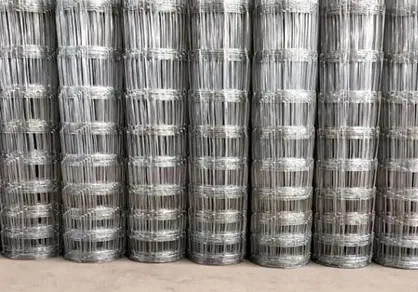

Safety is another significant aspect where coil nails excel. The design allows for consistent firing pressure, reducing the risk of accidents commonly associated with manual nailing. This automated system minimizes the likelihood of human error, creating a safer working environment. Additionally, the utilization of coil nails reduces the strain on workers, as the need for repetitive hammering is eliminated, contributing to decreased workplace injuries related to fatigue. From an environmental perspective, the adoption of coil nails has shown promising benefits. The streamlined manufacturing process requires fewer raw materials and energy consumption compared to traditional nail production. Moreover, using coil nails effectively reduces waste, as their efficient design leads to fewer misfires and subsequently fewer discarded nails, aligning with sustainable practices that are becoming increasingly important for businesses worldwide. The expertise involved in selecting the appropriate coil nail extends beyond mere size and type. Professionals must consider the specific requirements of their nail guns, as well as the substrate materials involved in a project. For example, using a ring shank coil nail offers superior holding power in softer woods, making it ideal for projects like decking or fence building. This level of expertise ensures the selection of the optimal nail, ultimately influencing the quality and durability of the final product. In summary, coil nails represent a sophisticated, efficient, and safe solution in today's fast-paced construction and manufacturing industries. By significantly reducing labor time, enhancing safety, and supporting environmentally friendly practices, coil nails not only improve operational efficiency but also contribute to higher standards of project outcomes. Quality, consistency, and expert knowledge are the pillars of coil nails' significance, affirming their role as indispensable tools for industry professionals committed to excellence and innovation.

















